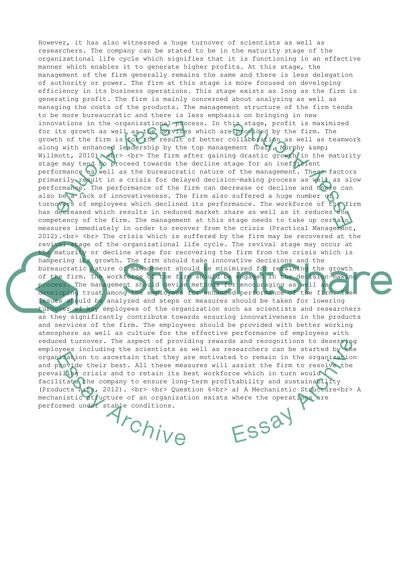Cite this document
(“Final Exam for Organization Research and Theory Term Paper”, n.d.)
Final Exam for Organization Research and Theory Term Paper. Retrieved from https://studentshare.org/business/1459363-final-exam-for-organization-research-and-theory
Final Exam for Organization Research and Theory Term Paper. Retrieved from https://studentshare.org/business/1459363-final-exam-for-organization-research-and-theory
(Final Exam for Organization Research and Theory Term Paper)
Final Exam for Organization Research and Theory Term Paper. https://studentshare.org/business/1459363-final-exam-for-organization-research-and-theory.
Final Exam for Organization Research and Theory Term Paper. https://studentshare.org/business/1459363-final-exam-for-organization-research-and-theory.
“Final Exam for Organization Research and Theory Term Paper”, n.d. https://studentshare.org/business/1459363-final-exam-for-organization-research-and-theory.


